This seminar was held in Japanese only.
From October 14 to 23, 2021, the Tokyo Metropolitan Government held "Tokyo Sustainable Finance Week" with two aims: promoting ESG investing and sustainable finance (which contribute to developing sustainable cities), and enhancing the Tokyo Metropolitan Government's presence in these fields. During that week, we held the Financial Seminar for Tokyo Citizens, aimed at improving financial literacy and raising awareness of sustainable finance.
| Time | Theme | Session name | Speaker |
|---|---|---|---|
| 13:00~13:05 (5min) |
Opening address  |
Tokyo Metropolitan Government's opening address | Eiichiro Kodama Director General for Global Financial City Strategy, Office of the Governor for Policy Planning, Tokyo Metropolitan Government |
| 13:05~14:35 (90min) |
Investment Basics  |
How to Create an Asset-Based Long-Term Life Plan | Kotona Kitano Financial Planner (CFP® Certified by Japan Association for Financial Planners) |
| Investment Basics How to Select Financial Institutions and Financial Instruments iDeCo and Tsumitate NISA |
Shunsuke Yamasaki Financial Planner Representative from Financial Wisdom  |
||
| Talk session *There is a Q&A session for each section/theme |
Kotona Kitano Financial Planner (CFP® Certified by Japan Association for Financial Planners) Shunsuke Yamasaki Financial Planner Representative from Financial Wisdom Tomu Muto AKB48 / Weather Forecaster Financial Planner |
||
| 14:50~16:30 (100min) |
Sustainable Finance Basics and Investment Practices  |
Sustainable Finance Basics Views on ESG Investing |
Makiko Hashizume Senior Manager at Center for the Strategy of Emergence,the Japan Research Institute, Ltd.  |
| How to Select Specific Investment Trusts and Stocks Views on Sustainable Finance |
Asumi Kantake Store Manager (Machida) at Marui Group Co., Ltd. (Former CEO of tsumiki Securities Co., Ltd.)  |
||
| Talk session *There is a Q&A session for each section/theme |
Makiko Hashizume Senior Manager at Center for the Strategy of Emergence, the Japan Research Institute, Ltd. Asumi Kantake Store Manager (Machida) at Marui Group Co., Ltd. (Former CEO of tsumiki Securities Co., Ltd.) Tomu Muto AKB48 / Weather Forecaster Financial Planner |
*The names of individual companies and instruments may be mentioned in this seminar to showcase examples and such. However, this does not mean that the Tokyo Metropolitan Government recommends specific financial instruments, etc. Thank you for your understanding.

Kotona Kitano
Financial Planner (CFP® Certified by Japan Association for Financial Planners)
Wine Expert (Certified by Japan Sommelier Association)
Kotona Kitano was born in Hokkaido in 1974. She graduated from Tsuda University. As a practicing financial planner, she gives lectures, writes about, and consults on asset management, real estate investment and rental management, careers, and more. She has appeared as a commentator on shows including TBS' "GACCHIRI MONDAY" and "GACCHIRI ACADEMY," BS11 Digital's "Real Estate King," BS TV Tokyo Corporation's "Nikkei Plus 10," and NIKKEI CNBC's "Real Estate Investment A to Z." She has also done many other media appearances and worked with many news outlets.
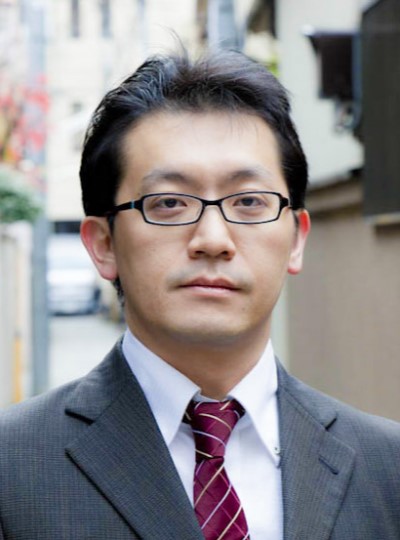
Shunsuke Yamasaki
Representative from Financial Wisdom; AFP Certified (Financial Planner)
Consumer Affairs Advisor
With a focus on defined contribution pension plans, he specializes in the Corporate Pension System and investment education. Since February 2017, he has served as a member of the Ministry of Health, Labour and Welfare's Committee for the Management of the Defined Contribution Pension System. His fun, easy-to-understand money column is popular, and he is a popular financial planner with 12 serialized works in publications like Yahoo! Japan News, the Nikkei Online Edition, and PRESIDENT Online. His major works include "The Textbook of Money for Dual-Income Couples" (PRESIDENT Inc.) and "Even Regular Office Workers can do it: Introduction to Japanese FIRE" (Discover 21, Inc.).
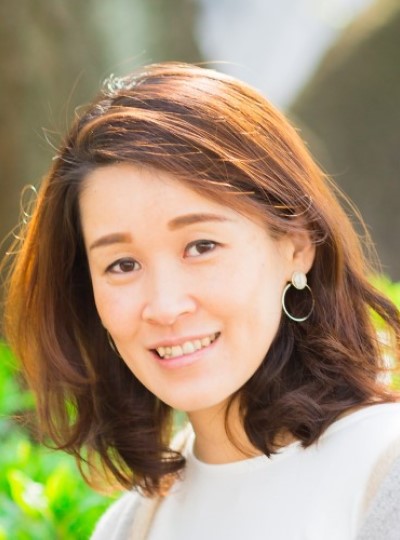
Makiko Hashizume
Senior manager at Center for the Strategy of Emergence,the Japan Research Institute, Ltd.
After working for NTT DATA Corporation and the Japan International Cooperation Agency, she joined the Japan Research Institute, Inc. in 2012. While conducting research on ESG aspects of companies for institutional investors, she is also involved in designing and managing ESG-related financial instruments. In recent years, she has focused on human resource development in the community business and sustainability sectors, which contribute to creating societal impact. Her books include, "Financial Literacy for Me," "Community Financing for Bank Staff x Introduction to SDGs," "SDGs Textbook for Businesspeople," "ESG Reading Book for Investors and Enterprises" (all co-authored).
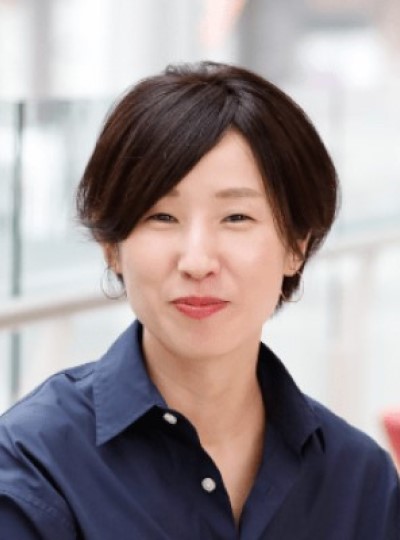
Asumi Kantake
Store Manager (Machida) at Marui Group Co., Ltd. (Former CEO of tsumiki Securities Co., Ltd.)
In 1997, she joined Marui Co., Ltd. (currently Marui Group Co., Ltd.), where she started in undergarment marketing and worked in various roles, including finance, corporate planning, investor relations, and store operations. In 2018, she launched tsumiki Securities Co., Ltd., the first credit card-based asset building service for beginners in Japan. She has been at her current position since October 2021. Within the Forbes JAPAN WOMEN AWARD 2018, sponsored by the economic magazine Forbes, she won the Pioneer Award in the Individual Awards Category, which honors women working at the forefront as pioneers in fields where there have been few women.

Tomu Muto
Weather Forecaster and Financial Planner
Member of female idol group AKB48 Team K
Tomu Muto was born in Tokyo in 1994. She graduated from Seijo University and completed graduate school there. In June 2021, she qualified as a 2nd-grade Certified Skilled Professional of Financial Planning. She is also a qualified weather forecaster and is active as an idol weathercaster on the ABEMA news show "ABEMA Morning."

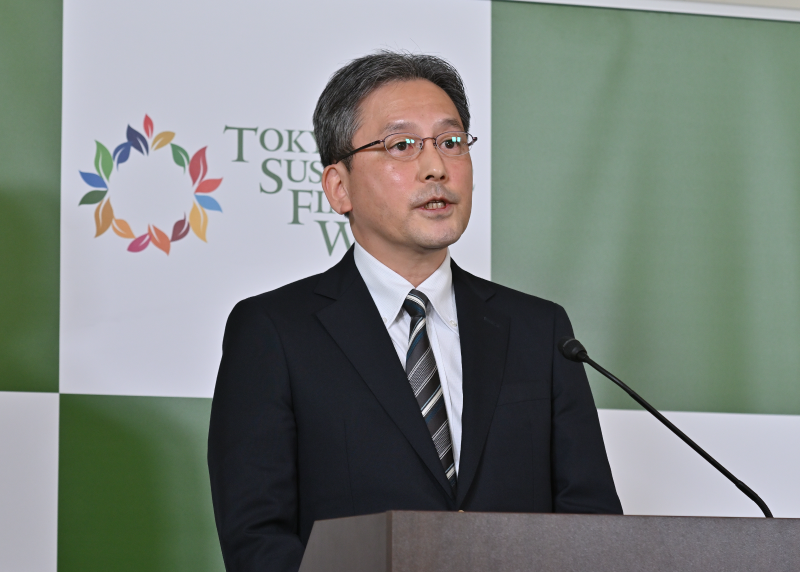

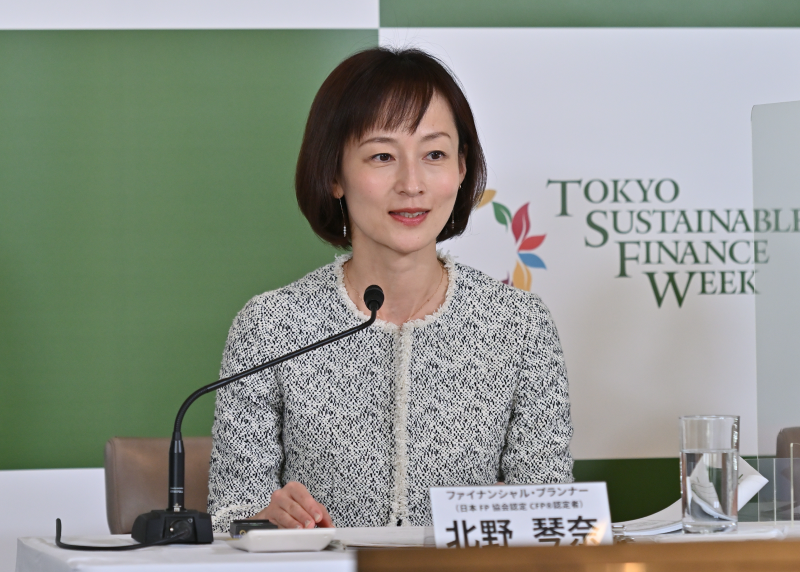
Financial Planner (CFP® Certified by Japan Association for Financial Planners) Ms. Kotona Kitano
Think about your life's financial plan!
How to Create an Asset-Based Long-Term Life Plan

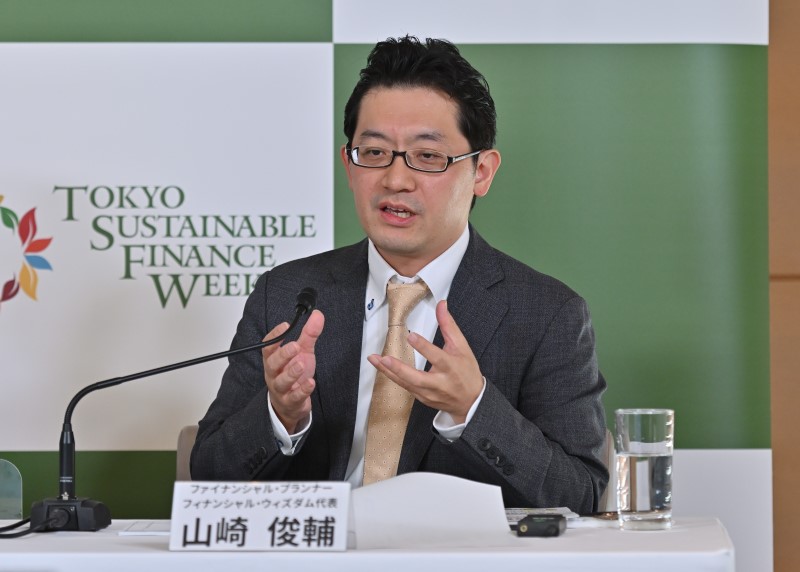
Financial Planner, Representative from Financial Wisdom Mr. Syunsuke Yamasaki
Investment Basics
iDeCo and Tsumitate NISA
How to Select Financial Institutions and Products

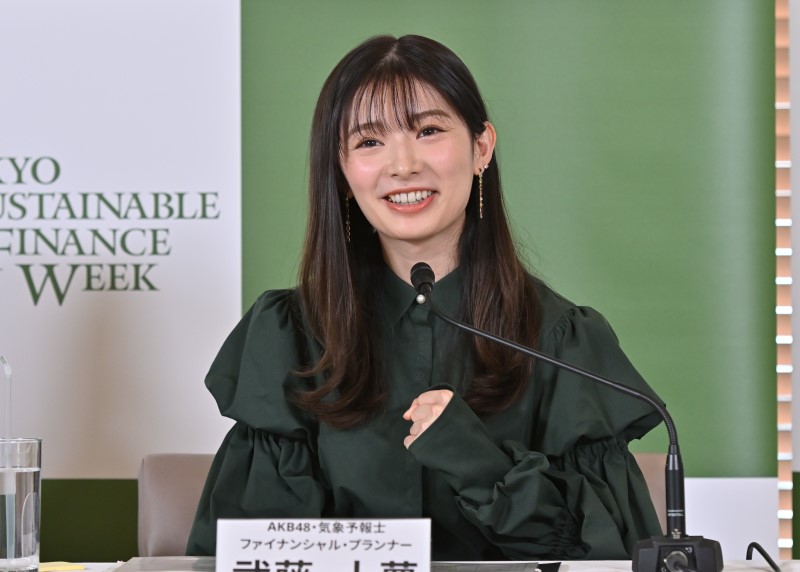
Theme①: How to Approach Investment From One's 40s and Beyond
Theme②: Knowledge to Keep in Mind when Investing
Theme③: How Beginners can Start Investing without Fear


Senior Manager at Center for the Strategy of Emergence, the Japan Research Institute, Ltd. Ms. Makiko Hashizume
Sustainable Finance Basics
Thinking from the ESG Perspective

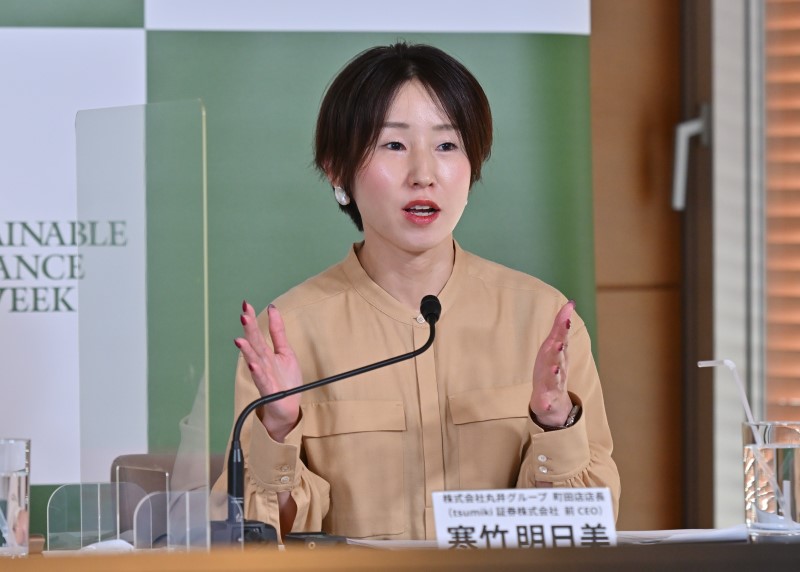
Store Manager (Machida) at Marui Group Co., Ltd. (Former CEO of tsumiki Securities Co., Ltd.) Ms. Asumi Kantake
How to Select Investment Trusts, for Beginners!
Investing from a Sustainable Perspective!

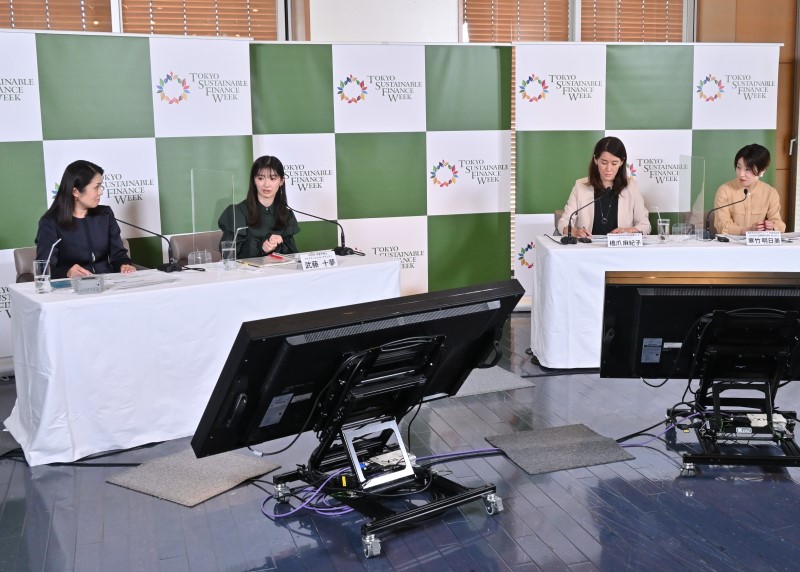
Theme①: How to Measure a Company's Level of Consideration toward Environmental Issues
Theme②: Tips for Identifying Greenwashing and ESG Investments in Name Only
Theme③: How to Increase the Number of People Investing from an ESG Perspective